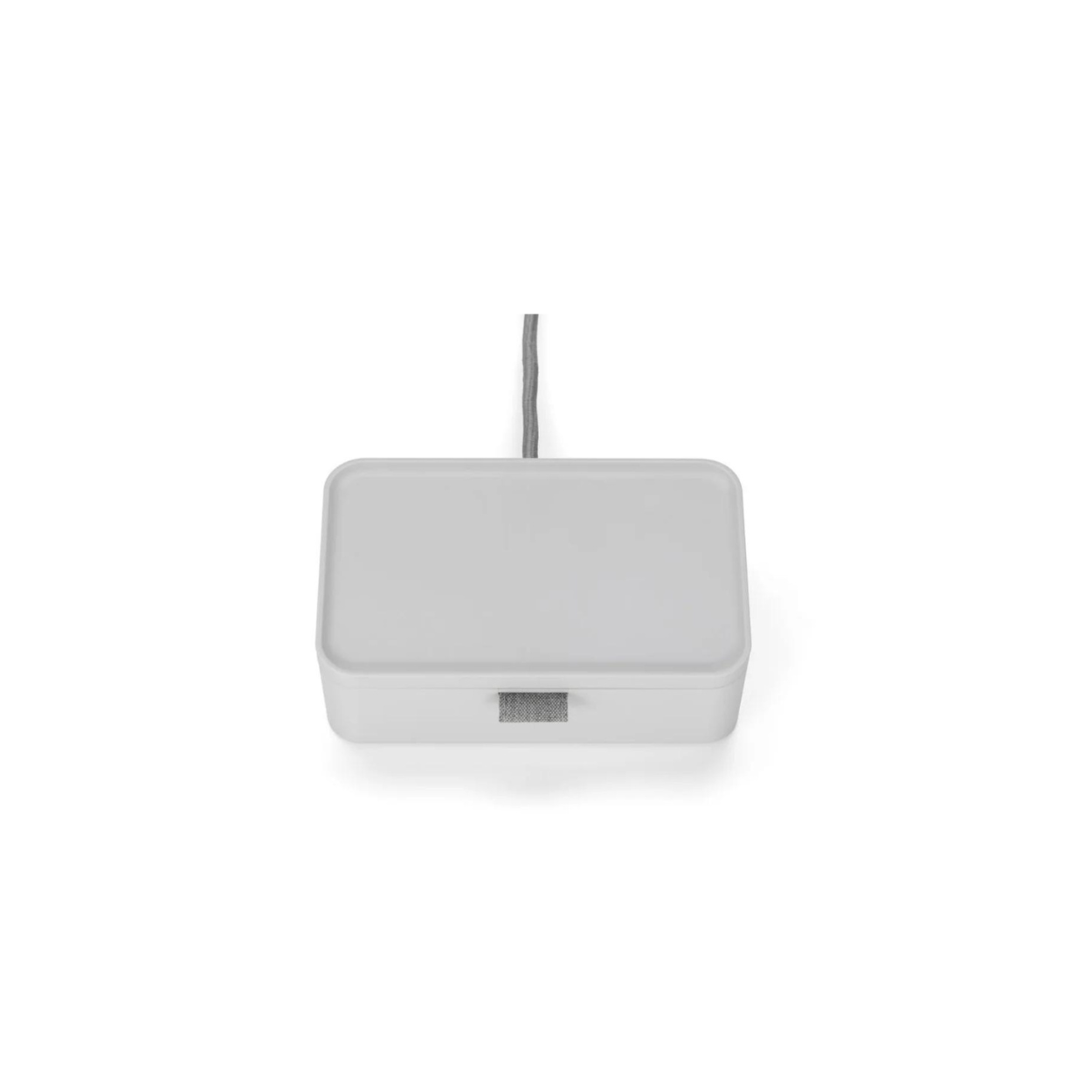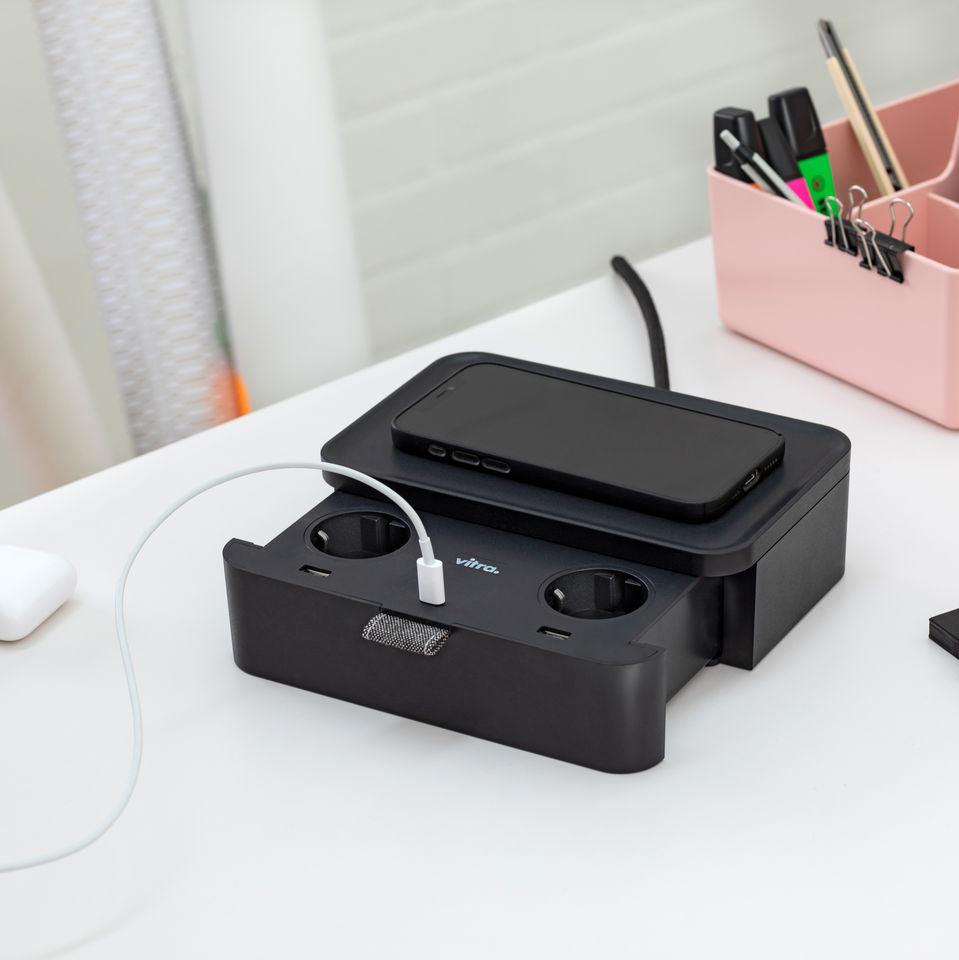
Vitra
Ampi Charging Station
LAYER, 2021
Description
Ampi is a wireless charger that quickly transforms any table into a workstation, at home or in the office. Designed with Layer Design, its sleek, discreet appearance hides its function.
The top features a wireless charger, while a front drawer reveals two power sockets, two USB-A ports, and a USB-C port. Ampi also has a non-slip base, with power sockets tailored to regional needs.
Details
Material Description:
- Material: polycarbonate.
- Equipment: wireless charger, 2 power connections, 2 USB-A connections, 1 USB-C connection.
-
Cable length: 1.5 metres.
Do note that the type of power connections can be selected.
GB - If you intend on using it in Malaysia/Singapore
Dimension:
W120 x H60 mm
Designer
LAYER, 2021

Benjamin Hubert is an award-winning British design entrepreneur, founder and Creative Director of LAYER. He established LAYER in 2015 as a platform to represent the studio’s multi-layered approach to design and its growing roster of creative partners. Leading a team of 30 creatives, he remains firmly involved in the creative output of the studio.
You may also like


